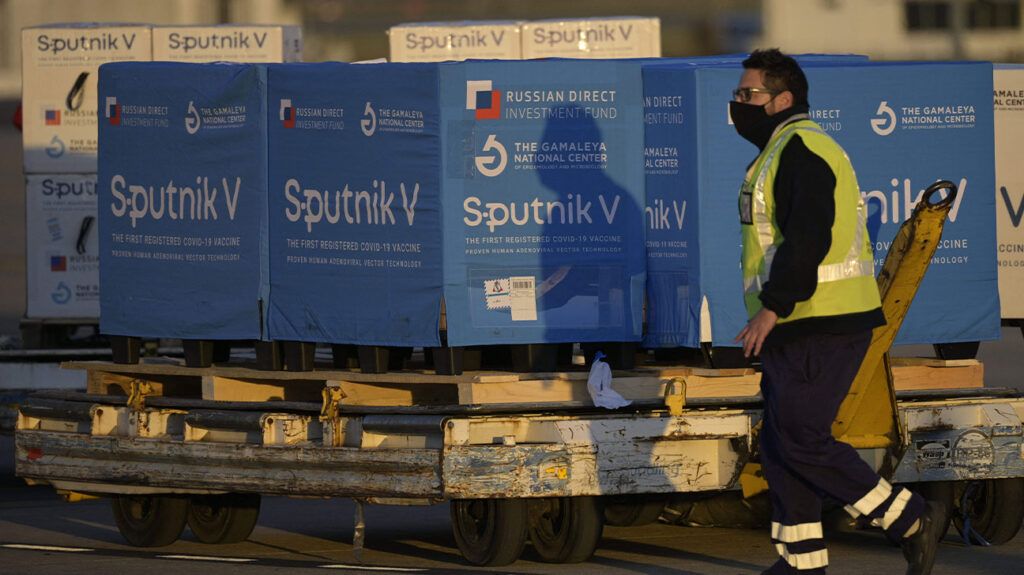The Sputnik V COVID-19 vaccine uses two harmless viruses that deliver the genetic code for our cells to make a protein from the new coronavirus. This trains our immune system to fight against future infections with the new coronavirus.

Coronavirus data
All data and statistics are based on publicly available data at the time of publication. Some information may be out of date. Visit our coronavirus hub for the most recent information on COVID-19.
The Sputnik V vaccine, which also bears the name Gam-COVID-Vac, currently has authorization for use in 68 countries. The Gamaleya National Center of Epidemiology and Microbiology in Moscow, Russia, developed the vaccine.
Sputnik V is a viral vector vaccine designed to produce lasting immunity against COVID-19. According to an interim analysis of phase 3 clinical trial data published in The Lancet, the vaccine’s efficacy is
However, a number of scientists have publicly called into question the results from the
Coronavirus resources
For more advice on COVID-19 prevention and treatment, visit our coronavirus hub.
A viral vector is a harmless virus that can deliver a gene to our cells that they turn into a protein. Scientists have studied the use of viral vectors for gene therapy and vaccines.
When a viral vector vaccine delivers the genetic code for our cells to make a pathogen’s protein, our immune system reacts to the presence of the protein and the viral vector. This elicits an immune response that can lead to lasting immunity.
The Sputnik V COVID-19 vaccine uses two different adenoviruses as the viral vectors. Adenoviruses are a large family of viruses that can cause the common cold.
In order to train the immune system to recognize the SARS-CoV-2 virus, which causes COVID-19, people receive the vaccine in two doses at an interval of 21 days. The first shot contains adenovirus 26 (Ad26) as the viral vector, while the second shot contains adenovirus 5 (Ad5). Both shots also contain the gene for the SARS-CoV-2 spike protein.
Scientists have chemically modified the adenoviruses in the Sputnik V COVID-19 vaccine to stop them from replicating. This means that the viral vectors cannot cause an adenovirus infection.
The vaccine also cannot cause COVID-19 because it does not contain the entire SARS-CoV-2 virus.
Our immune system reacts to the vaccine by developing antibodies specific to the SARS-CoV-2 virus and by eliciting T-cell responses. In the event of future infection, our bodies can rapidly produce these antibodies to bind to the virus and prevent it from entering our cells.
T-cells can kill infected cells. Both the viral vector and the SARS-CoV-2 spike protein play a role in building up immunity in this way.
Article highlights:
When our immune system reacts to the presence of a viral vector, we can build up immunity. If we reencounter the same viral vector, our bodies may try to fight against it. This could make a vaccine less effective.
The Sputnik V vaccine aims to sidestep this issue by using two different viral vectors, Ad26 and Ad5.
Yet, there is another point to consider. As adenovirus infections are common, some people already have pre-existing immunity to either or both of these viral vectors.
Indeed pre-existing immunity to Ad5 is
While pre-existing immunity to
Published data from the Sputnik V vaccine clinical trials indicate that the vaccine is
Find out more about the side effects of this vaccine in our Special Feature, “Sputnik V COVID-19 vaccine: How much do we know about its side effects?”
For live updates on the latest developments regarding the novel coronavirus and COVID-19, click here.
